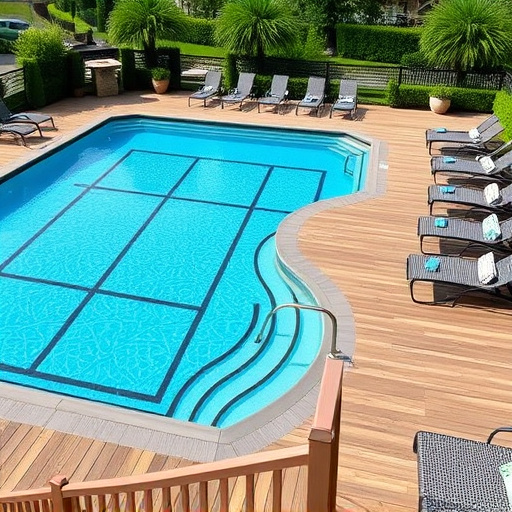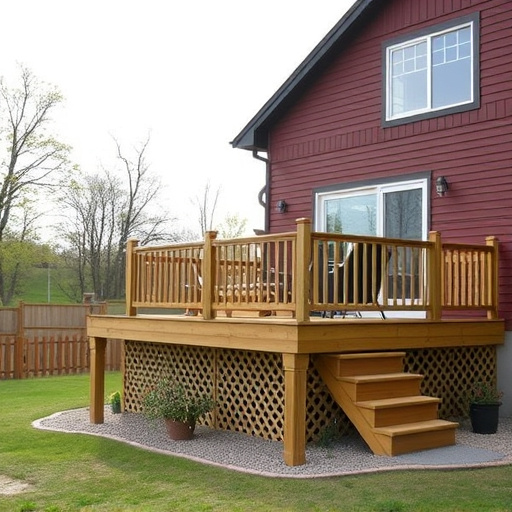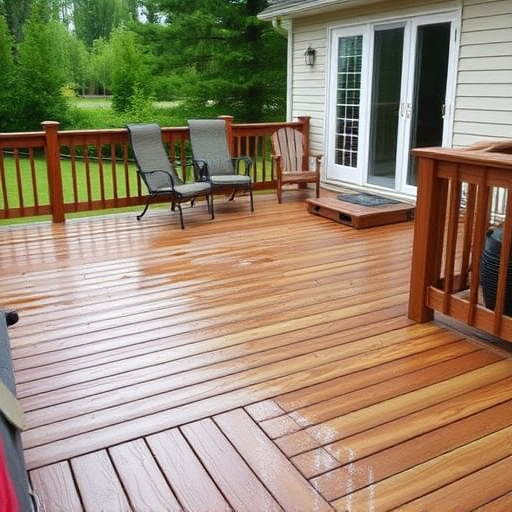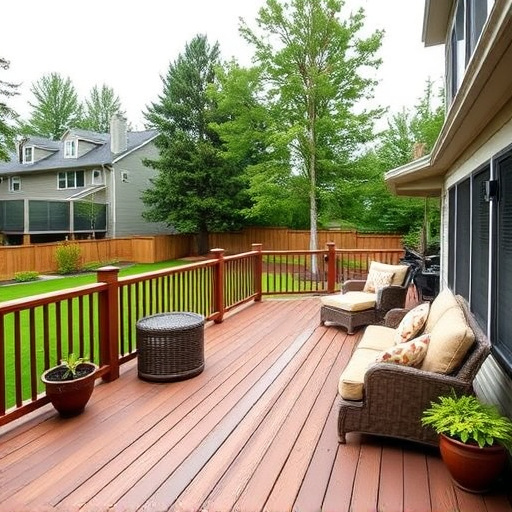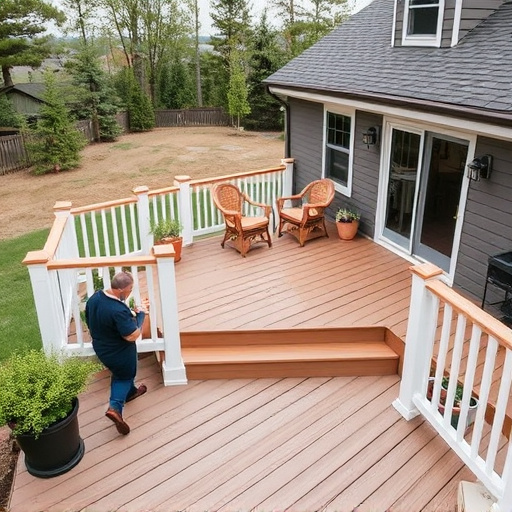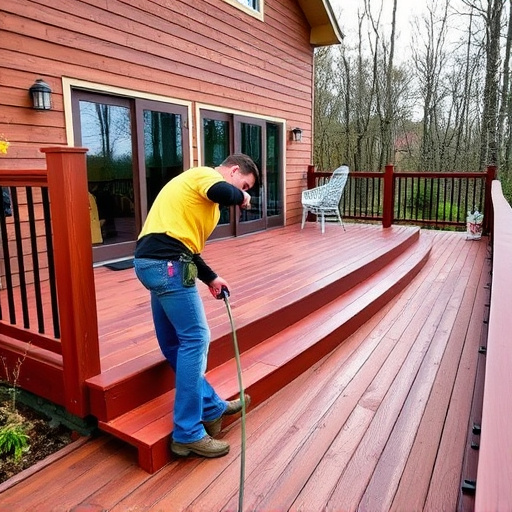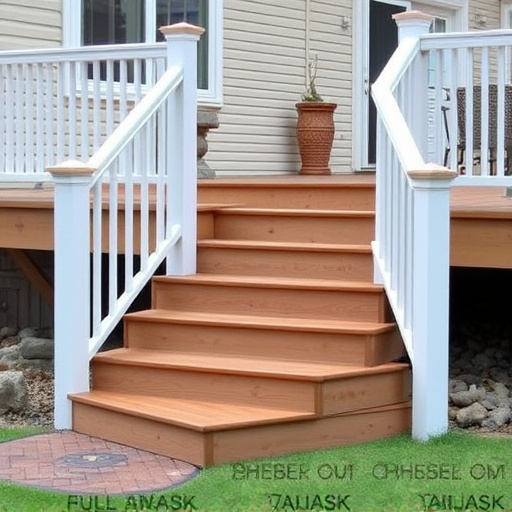Choosing the right material for your residential decking is critical due to sunlight and moisture's impact on aesthetics and durability. Opt for mold-resistant, UV-protected composite decking or natural woods like cedar for long-term appeal. Expert consultation, proper installation, regular maintenance, and inspections extend the lifespan of your deck, enhancing your outdoor living space's value. Engage professional roof consultants in humid or extreme weather regions for proactive deck integrity.
Residential decking is a beloved outdoor feature, but it faces persistent challenges from mold and UV fading. Understanding these issues is the first step towards a durable and appealing deck. This guide explores a range of materials designed to resist both mold growth and color fading, empowering homeowners to make informed choices for their residential decking projects. From composite innovations to natural solutions, discover sustainable and long-lasting options that will enhance your outdoor living space for years to come. Learn essential installation and maintenance tips to ensure optimal performance.
- Understanding the Challenges of Residential Decking Materials
- Exploring Resistant Options: Composite and Natural Solutions
- Installation and Maintenance Tips for Longevity
Understanding the Challenges of Residential Decking Materials
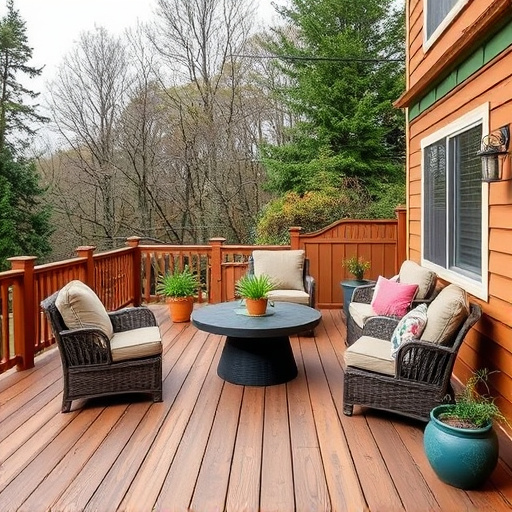
The choice of residential decking materials is a crucial decision for homeowners seeking to enhance their outdoor living spaces. However, navigating the options becomes challenging when considering the long-term durability and maintenance requirements. Residential decking is exposed to various environmental factors, primarily sunlight and moisture, which can lead to issues like mold growth and color fading. This presents a significant challenge as these problems not only affect the aesthetic appeal but also necessitate frequent repairs or replacements, impacting both time and budget.
Understanding these challenges is key to making informed choices. Homeowners must consider materials that offer resistance to mold and UV rays from sunlight, ensuring longevity and maintaining the deck’s initial beauty. Additionally, looking into siding services, siding repairs, or even residential roofing solutions might be relevant when addressing overall exterior home maintenance, especially in regions with diverse weather conditions.
Exploring Resistant Options: Composite and Natural Solutions
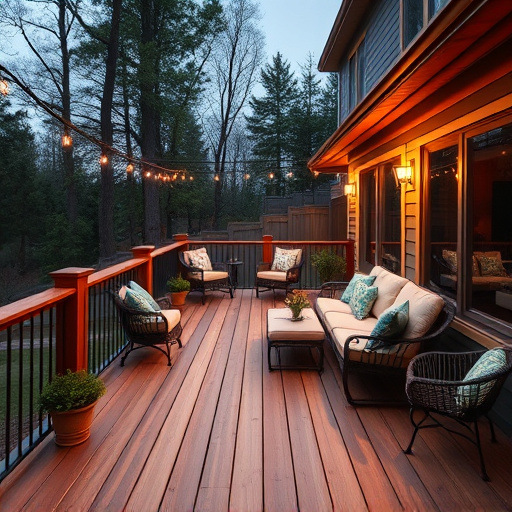
When it comes to residential decking, selecting materials that can withstand the elements is key to ensuring longevity and maintaining curb appeal. Two prominent options gaining popularity for their resistance to mold and fading are composite and natural solutions. Composite decking, made from a mix of wood fibers and plastic, offers superior durability against water damage and mold growth, making it an excellent choice for exterior home improvements. This low-maintenance option comes in various styles and colors, allowing homeowners to create the look they desire without the need for frequent staining or sealing.
Natural materials, such as high-quality cedar or redwood, are also renowned for their natural resistance to fading and mold. These exotic woods have been favored for generations in decking applications due to their beauty and longevity. A professional siding or roof consulting expert can guide homeowners in selecting the right species based on their climate and desired aesthetic. Incorporating these resistant materials into your residential decking project ensures a long-lasting, low-maintenance outdoor living space that can enhance the overall value of your home.
Installation and Maintenance Tips for Longevity
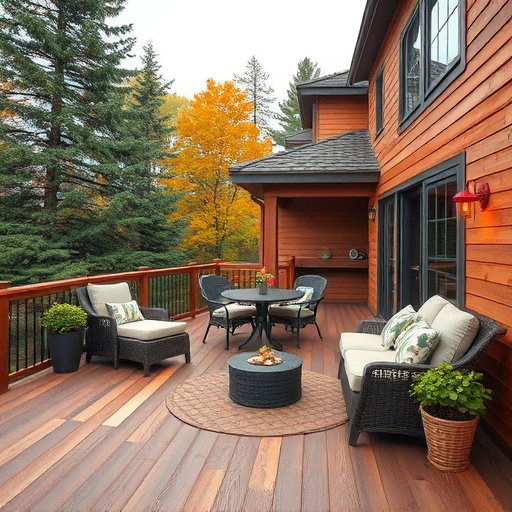
Proper installation and regular maintenance are key factors in ensuring your residential decking materials last for years to come. Before installing any decking, ensure a level substructure is in place to prevent future issues. Regular cleaning with mild detergent and water can help remove dirt, debris, and mold spores that may accumulate on the surface.
For longevity, it’s essential to inspect the decking annually, addressing any damaged boards or loose fasteners promptly. Applying a fresh coat of sealant every 2-3 years can protect against fading and provide an additional barrier against moisture. Additionally, consider the surrounding environment; areas with high humidity or constant exposure to harsh weather conditions may require more frequent maintenance. Engaging a professional roof consulting service for regular assessments can also help identify potential problems early on, whether it’s for residential decking or commercial roofing and siding repairs.
When selecting materials for your residential decking, choosing options that resist mold and fading is key to ensuring a long-lasting, low-maintenance outdoor living space. Both composite and natural solutions offer durable and visually appealing choices. By understanding the challenges of traditional decking and implementing proper installation and maintenance practices, you can enjoy a vibrant, healthy deck for years to come.








